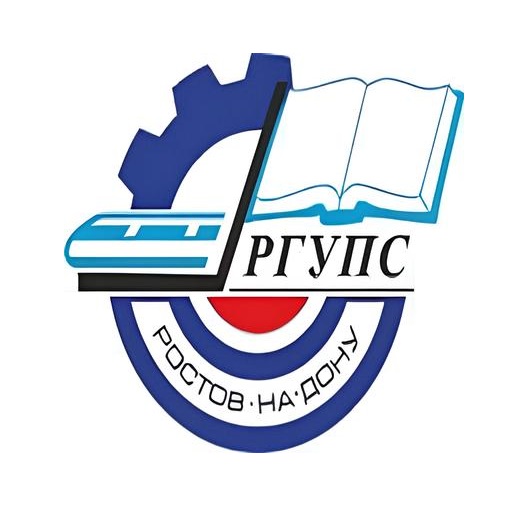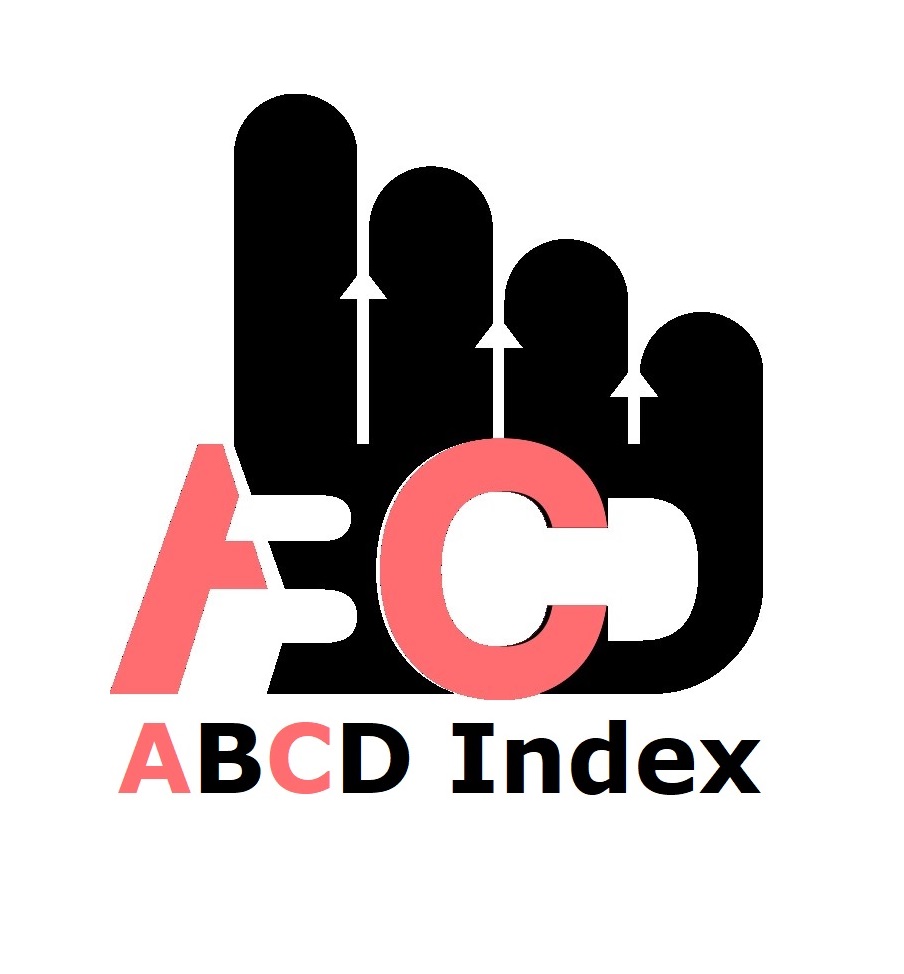Assessing Learning in Mathematical Sensemaking Electromagnetism Instructions among Rwanda Polytechnic Students at Huye College
Keywords:
Computer Simulations, EM Instructions, Mathematical Sensemaking, Physical ExperimentationAbstract
In the realm of electromagnetic (EM) courses in engineering, many studies have reported students’ learning difficulties related to mathematical frameworks representing physical phenomena. Students’ learning engagement and learning gains are not satisfying. The present study assessed first-year engineering students’ behavioural engagement and perceived learning gains in mathematical sensemaking electromagnetism instructions at RP-Huye College. Within a single-case research design, a six-weeks intervention incorporating mathematical sensemaking instructions, supported by physical experimentation and computer simulations, was implemented to 61 first-year engineering students who were enrolled in the department of electrical and electronics engineering. All enrolled students were purposively recruited to participate because this target population was less than 100. Data were collected through classroom observations, which used the behavioural engagement related to instruction (BERI) and a post-topic evaluation, which used a semi-structured questionnaire. Data analysis involved the use of graphs, descriptive statistics and inductive thematic analysis. Findings revealed that students were mostly engaged during mathematical sensemaking by hands-on and simulation-based activities, particularly in topics related to electromagnets, where engagement levels peaked at 7.5 in average. Conversely, lecture-based tasks, especially on magnetic forces and electromagnetic induction, recorded the lowest engagement at 6.2 in average. The post-topic assessment on perceived learning gains showed that students had highly positive perceptions on their learning experiences (M=4.82, SD=0.48) and recognized the significance of EM in engineering (M=4.85, SD=0.38). These numerical results were complemented by students’ narrations, which indicated that they gained particular attention about specific EM formulas and how they can apply them in engineering. However, the present study also noted that further refinement in instructional design, particularly by incorporating specific dimensions of mathematical sensemaking, could optimize learning outcomes for EM courses in engineering. Additionally, formal assessments of students’ mastery and experimental studies can benefit future work.
Published
How to Cite
Issue
Section
Copyright (c) 2024 Jean Claude Uwayezu, Janvier Kabalisa, Vincent Uzabakiriho

This work is licensed under a Creative Commons Attribution-NonCommercial 4.0 International License.























